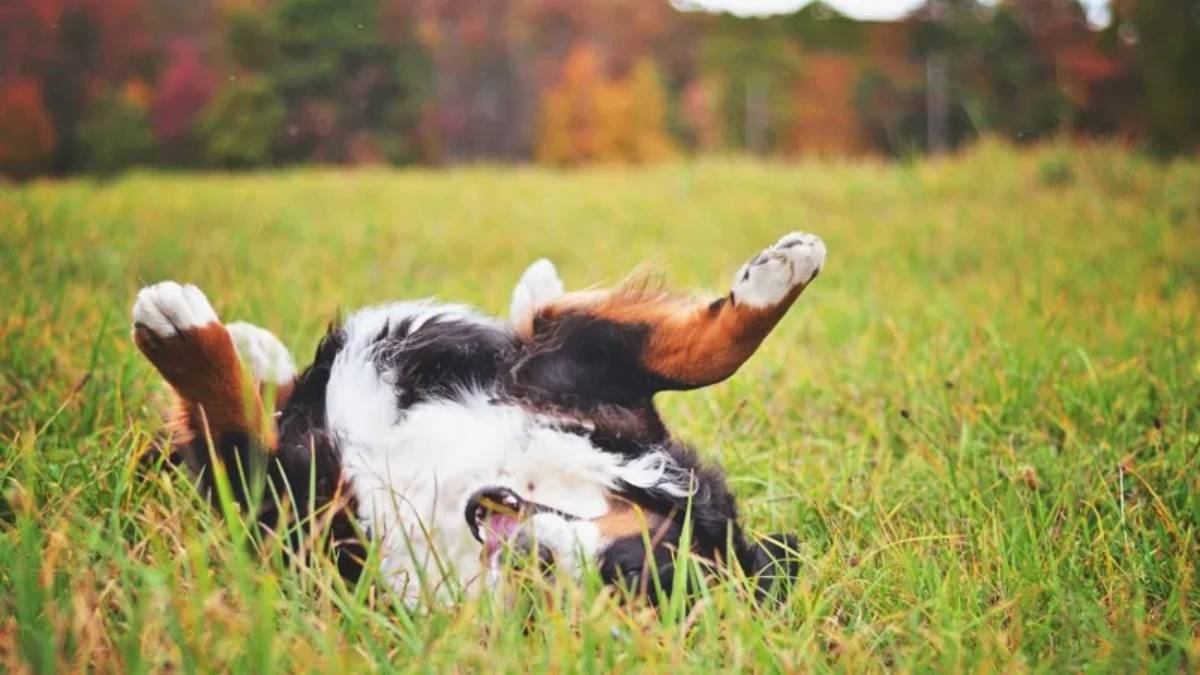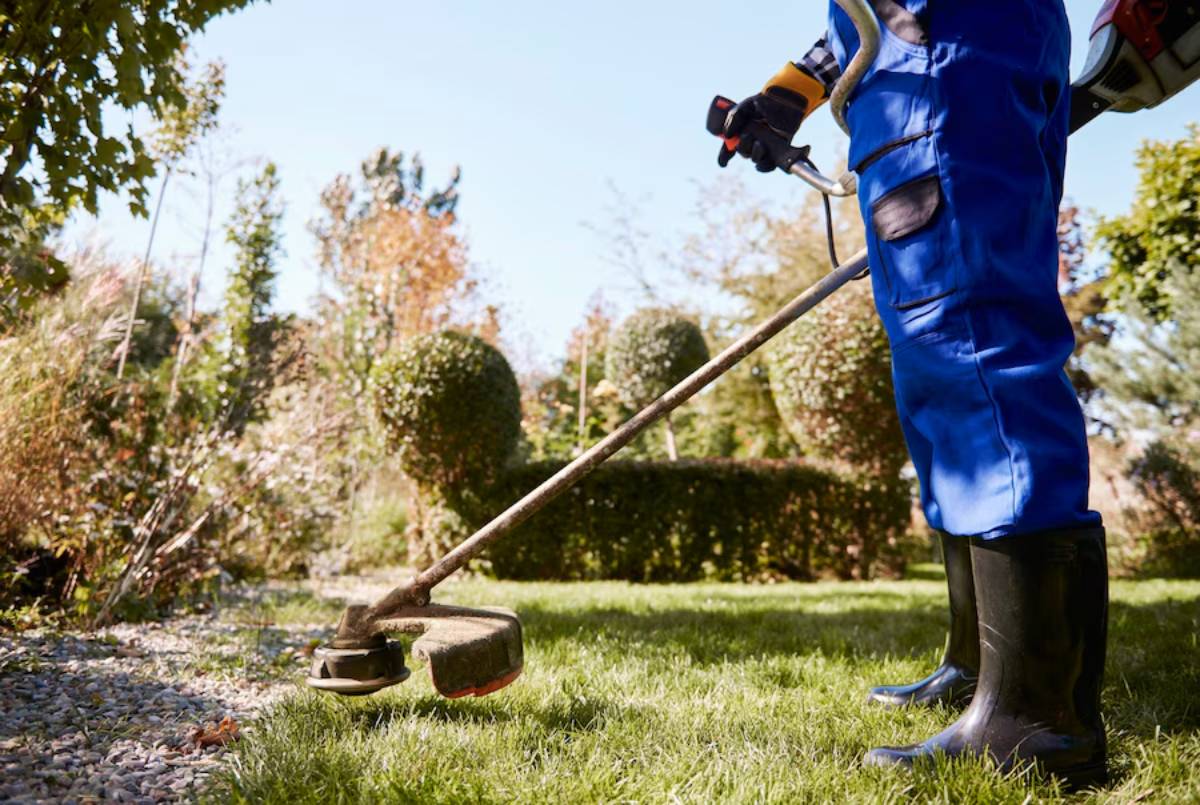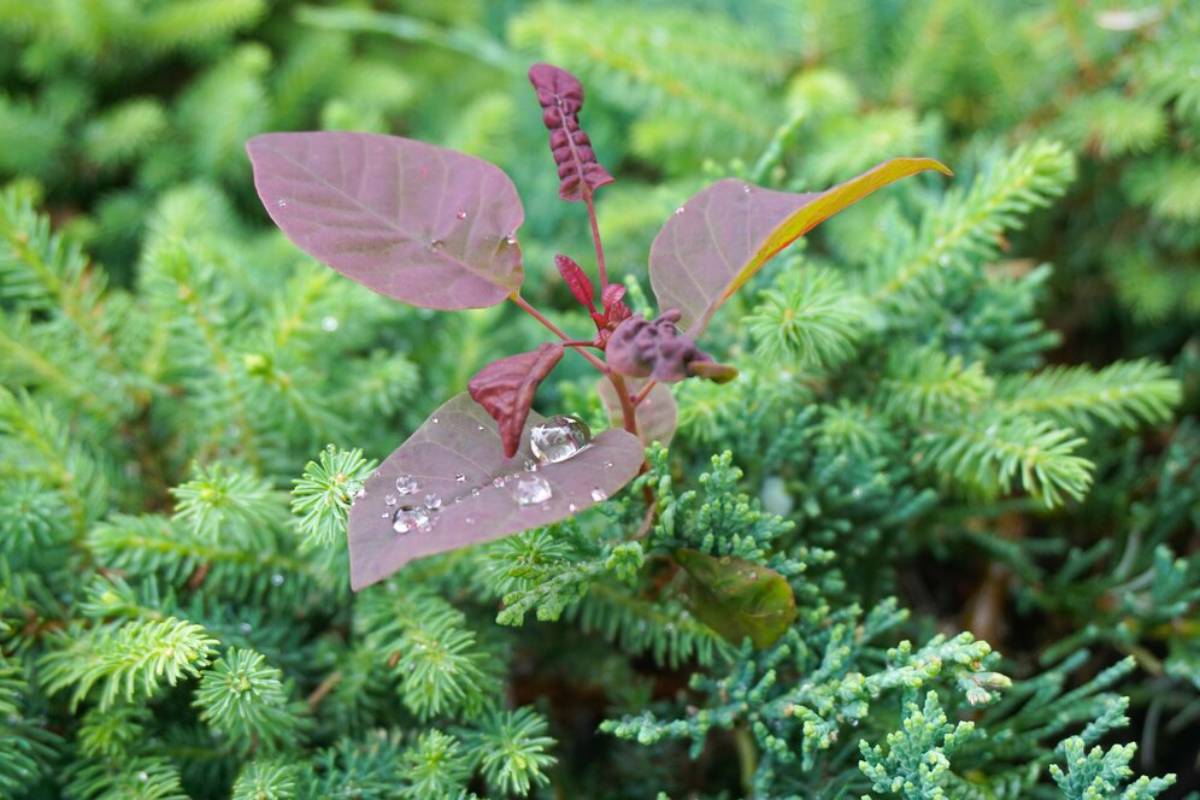
Preventing Fleas and Ticks in Your Garden Naturally
Your garden may be a haven for your pet—but unfortunately, it can also be a hotspot for fleas and ticks. These parasites are not only uncomfortable but can also pose serious health risks to pets and humans alike. As seasons shift and outdoor activity increases, so does the threat of infestation.
While chemical sprays and pesticides offer quick fixes, they can be harmful to your pets, pollinators, and the environment. Thankfully, there are eco-friendly solutions that work just as effectively. In this guide, we’ll explore natural flea prevention, methods for tick control in yard spaces, and how to create a safe, pest-resistant outdoor environment using pet-safe pest control strategies.
Why Flea and Tick Control Matters
Health Risks for Pets and People
Fleas and ticks are more than just irritating. They can transmit a variety of diseases:
- Fleas: Cause itching, allergic dermatitis, and can transmit tapeworms
- Ticks: Carry Lyme disease, ehrlichiosis, and anaplasmosis
They reproduce rapidly, and once they establish themselves in your garden, it’s only a matter of time before they make their way into your home.
Year-Round Threats
While spring and summer are peak times, warm winters and changing climates mean fleas and ticks can remain active throughout the year in many parts of the UK. Consistent prevention is now more important than ever.
Understanding the Flea and Tick Lifecycle
To effectively manage these pests, it helps to understand how they live:
Fleas:
- Eggs are laid in fur but fall into soil, carpets, and bedding.
- Larvae live in dark, moist areas outdoors.
- Pupae can survive for months before emerging as adults.
- Adults feed on blood and reproduce rapidly.
Ticks:
- Wait on tall grass or shrubs for a host.
- Attach and feed slowly over several days.
- Drop off to lay thousands of eggs in the garden.
Targeting fleas and ticks at each stage of life helps break the cycle and prevent re-infestation.
Natural Flea Prevention Techniques

1. Maintain a Well-Trimmed Lawn
Fleas and ticks thrive in overgrown areas with shade and moisture.
- Mow the lawn regularly
- Trim shrubs and trees
- Remove leaf litter, brush piles, and debris
Keeping your garden tidy reduces hiding spots and creates an inhospitable environment for pests.
2. Encourage Natural Predators
Certain animals and insects naturally help control flea and tick populations.
- Nematodes: Beneficial microscopic worms that eat flea larvae in soil
- Spiders, beetles, and ants: Prey on ticks and flea eggs
- Birds: Insect-eating species like robins and wrens help reduce pest numbers
Planting native flowers and installing bird feeders can promote a healthy balance of natural pest controllers.
3. Use Cedar Mulch and Chips
Cedarwood contains natural oils that repel fleas and ticks.
- Use cedar chips around dog runs, garden beds, and fences
- Line shady areas or pet bedding spaces
It smells pleasant to humans but acts as a natural deterrent for pests.

4. Plant Flea-Repelling Herbs
Many aromatic plants double as effective, pet-safe pest deterrents.
Best plants for natural flea prevention:
- Lavender
- Rosemary
- Mint
- Lemongrass
- Sage
- Basil
- Chamomile
Place these near entry points, garden paths, or play areas for added protection and visual appeal.
Tick Control in Yard: What Works Best
1. Create a Tick-Free Zone
Ticks often lurk near tall grass and woodland edges. Create a buffer around pet-friendly zones:
- Use gravel, wood chips, or pavers to separate the lawn from wild areas
- Avoid letting pets roam into wooded or overgrown parts of the garden
- Fence off borders to discourage wildlife (like deer or foxes) that carry ticks
2. Install a Barrier of Diatomaceous Earth
Diatomaceous Earth (DE) is a naturally occurring powder that kills fleas and ticks by drying out their exoskeletons.
- Sprinkle in dry weather around pet areas, garden edges, and shady spots
- Use food-grade DE only, which is safe for pets and humans
- Reapply after rain for ongoing protection
Always avoid inhaling the dust—wear a mask when applying.
3. Tick Tubes and Natural Sprays
Tick tubes are biodegradable tubes filled with cotton soaked in permethrin (a tick-killing substance). While effective, they’re only suitable in areas your pet cannot access.
Instead, try pet-safe natural sprays:
- Vinegar-based sprays with lemon or cedar oil
- Homemade rosemary water (boil rosemary, cool, strain, and spray)
Avoid strong essential oils directly on your pet or garden without vet approval.
Creating a Pest-Resistant Outdoor Space
1. Design with Drainage in Mind
Fleas and ticks love damp environments. Reduce moisture by:
- Levelling the yard to avoid puddles
- Using raised garden beds
- Choosing drought-tolerant plants
Add gravel pathways and use rain barrels to manage excess water.
2. Keep Wildlife Visitors in Check
While wildlife may seem charming, animals like hedgehogs, rats, deer, and foxes can bring fleas and ticks into your garden.
- Secure compost bins and rubbish
- Use motion-activated lights or water deterrents
- Don’t leave pet food outdoors overnight
3. Limit Leaf Litter and Clutter
Dark, moist environments under leaf piles or unused furniture are ideal breeding grounds for pests. Keep your garden well-maintained and clear out unused corners regularly.
Pet-Friendly Pest Control Practices
Safe for Pets, Safe for the Planet
While it’s tempting to grab a chemical insecticide, many are harmful to pets, children, and beneficial insects like bees and butterflies.
Here are guidelines for truly pet-safe pest control:
- Avoid pesticides with organophosphates, carbamates, or pyrethroids—all toxic to animals.
- Use natural deterrents and biological controls where possible.
- Always read labels and follow directions for any garden treatment, even “natural” ones.
Build a Routine
Consistency is key. Create a flea and tick prevention routine:
- Weekly garden checks
- Monthly DE or cedar chip top-ups
- Seasonal planting of repellent herbs
- Regular grooming and checks for pets
A preventative approach is far more effective than treating an infestation after the fact.
A Safe, Natural Haven for Pets
Fleas and ticks are a year-round concern, but your garden doesn’t have to be a battleground. With thoughtful landscaping, strategic planting, and regular maintenance, you can build an outdoor space that supports your pet’s health—and delights the senses.
By embracing natural flea prevention, adopting smart methods for tick control in yard areas, and prioritising pet-safe pest control, you’re choosing an eco-conscious, pet-focused approach that keeps tails wagging and whiskers twitching.
Take action today: Walk your garden, identify key areas for improvement, and begin incorporating natural solutions. A healthy garden is more than a pretty space—it’s your pet’s playground and sanctuary.


